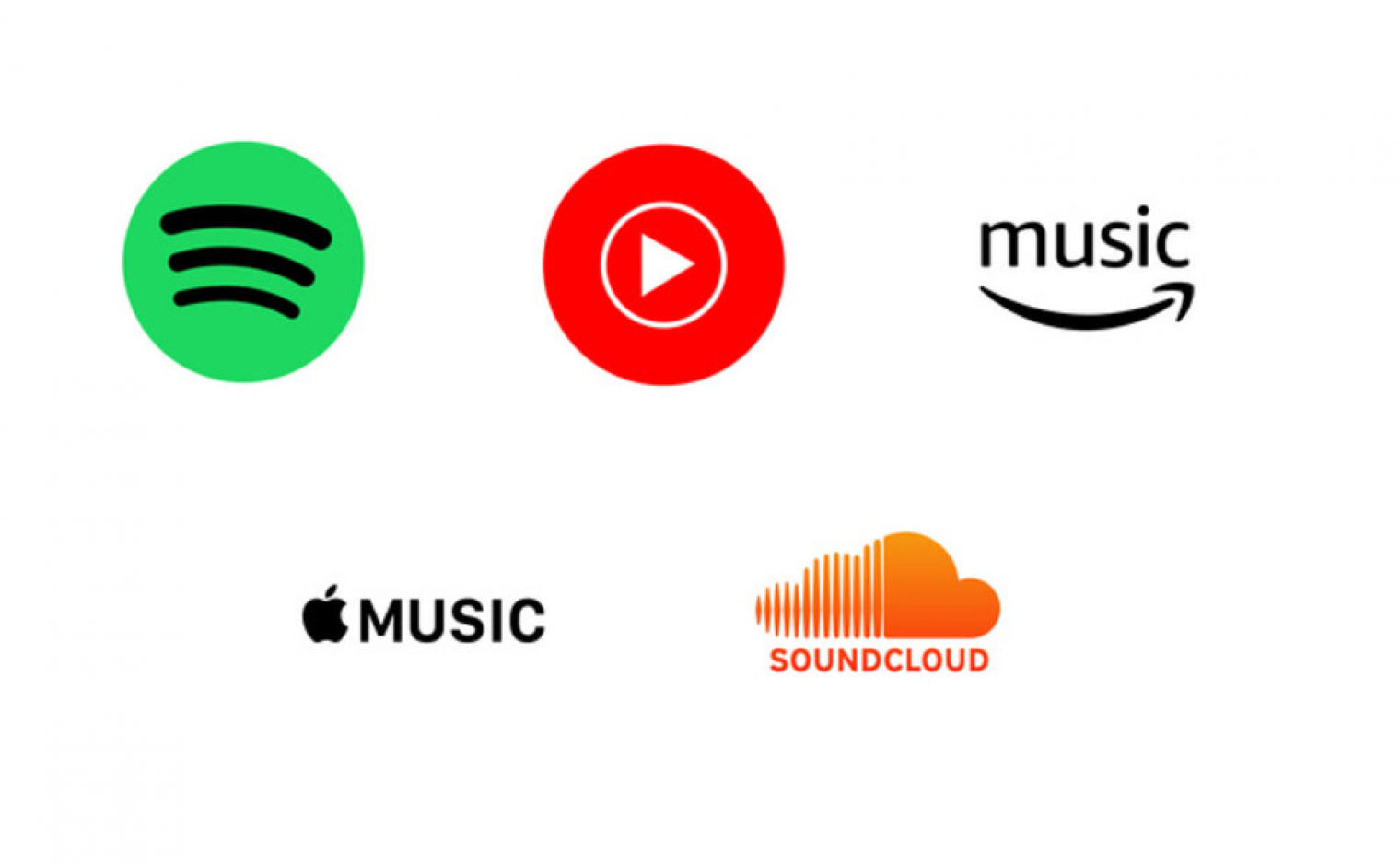News Blast Hub
Stay updated with the latest news and insights.
Streaming Melodies: When Playlists Become Personal Time Capsules
Discover how your playlists capture memories and emotions, transforming music into personal time capsules that resonate with your life.
The Evolution of Musical Playlists: From Casual Listening to Personal Narratives
The concept of musical playlists has undergone a remarkable transformation over the decades. Initially, playlists were merely a collection of songs curated for casual listening, often dictated by radio stations or cassette tapes. As technology evolved, so did the way we engage with music. The rise of digital platforms such as Spotify and Apple Music introduced a self-curated experience, allowing users to create playlists tailored to their moods, activities, or specific moments. This shift not only democratized music consumption but also emphasized the personal connection we develop with our playlists, turning them from mere collections into curated soundtracks of our lives.
Today, musical playlists serve as a medium for storytelling and personal expression. They have transformed into personal narratives, reflecting an individual's journey through life. Each playlist can represent a chapter—celebratory songs for milestones, melancholic tracks for reflective moments, or energetic beats for workout sessions. This evolution gives playlists a profound depth, as they allow listeners to explore not just music but the emotions and memories associated with each selection. In essence, today's playlists are more than just playlists; they are curated experiences, deeply intertwined with our identities and shared through social media to connect with others on a more personal level.

How to Curate Your Own Time Capsule Playlist: Tips and Tricks
Creating a time capsule playlist is a fantastic way to capture the essence of a specific moment in time. To start, think about the period or theme you wish to encapsulate. Make a list of key events or memories that this playlist will represent. Aim for a mix of genres and styles that resonate with the emotions and experiences from that time. Consider including a variety of landmark tracks, which could range from popular hits to personal favorites that evoke strong memories.
Once you have your selections, organize your playlist in a way that tells a story. You could choose to go chronologically, allowing listeners to experience the journey as it unfolds, or thematically, mixing songs that share common emotional threads. Don’t hesitate to include a brief annotations or backstories for each track, explaining why it made the cut. This adds a personal touch and depth to your time capsule playlist, making it a rich auditory experience.
What Makes a Playlist a Personal Time Capsule? Exploring the Emotional Connections
A playlist can often serve as a personal time capsule, capturing moments and memories that define an individual's experiences. Each song is like a snapshot, evoking specific emotions and recollections tied to particular times in our lives. For instance, a playlist created during high school may bring back memories of first loves and friendships, while a collection of tracks from a summer vacation can transport us back to carefree days filled with laughter. This emotional connection transforms an ordinary playlist into a virtual memory bank, allowing us to revisit the past whenever we hit play.
Moreover, the emotional connections we have with music are inherently linked to personalization. Each track resonates with us differently, influenced by our unique life narratives. When we curate a playlist, we engage in the act of selecting songs that align with our personal stories, making it a deeply intimate process. As we listen, the melodies and lyrics weave together to create a rich tapestry of experiences, facilitating a journey down memory lane. In this way, a playlist transcends mere entertainment, becoming a cherished artifact that encapsulates our history and emotions.